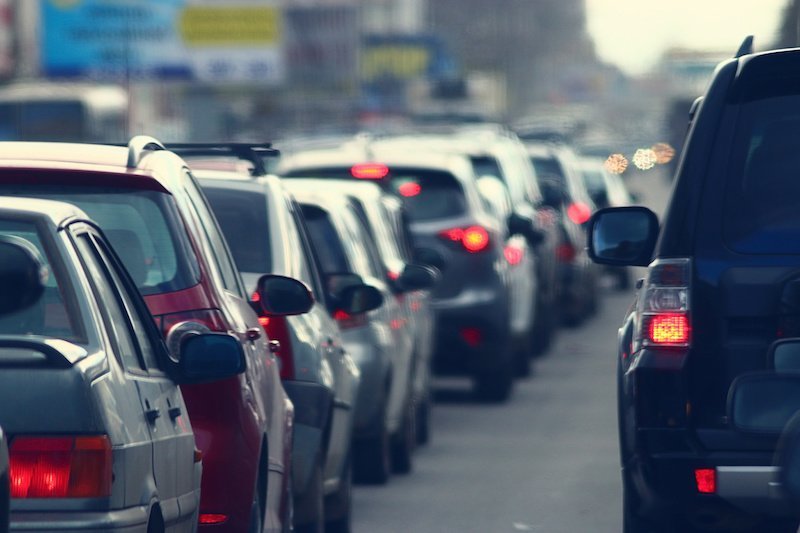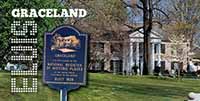 Both residents of Nashville and its visitors will agree that traffic congestion in the city can get frustrating, particularly throughout rush hour.
Both residents of Nashville and its visitors will agree that traffic congestion in the city can get frustrating, particularly throughout rush hour.
Nashville's History of Traffic Congestion
The traffic of Nashville is known in history. To illustrate, the musical black comedy film Nashville by Robert Altman starts off with a typical traffic jam of the city. On the other hand, alternative rock music band The Bellyachers composed a road song entitled "We Blamed Nashville." Another musical group of three female singers hailing from Nashville is called Traffic Jam.
Three major interstates all converge at one point by Cumberland River, in downtown Nashville. A single car crash can already halt almost a third of commuters. Triple that and the entire city suffers a complete gridlock.
With steps to affect the population of Nashville not an option, the problem with Interstate congestion is left with a solution that largely involves the different driving manners of the locals.
Driving Etiquette Tips in Nashville
The things below are some recommendations to abide by. Although unofficial and unwritten, these guidelines help reduce traffic congestion when driving all over Nashville highways and side roads.
- Do not break or halt on the interstate without good reason. A short pause is perhaps tolerable if you really want to look out the window and view the passing scenery.
- Speed limit signs are placed everywhere, reminding everyone to follow the minimum speed of which to travel. The maximum speed is understood to be 10 miles over the minimum, while beyond 12 miles means ending up in traffic court.
- Center lanes are only meant for slowing down to make a left turn. It should never be used for passing because traffic can go in from both directions and encourage a game of chicken.
- Don't hesitate to use your turn signal if you intend to turn or change lane.
- Brake lights are there for a reason. Actually, all lights are a necessity and never optional.
- Solid lines in the road are there to indicate that you cannot cross them for passing. The right solid line is the right border of the road. Dotted lines indicate a legal passing location but only if the conditions are right.
- It's not a good idea to pass on the shoulder even if you are in a hurry.
- High-occupancy vehicle lanes are meant for 2 to 3 occupants in a single vehicle.
- A responsible semi-truck driver usually provides an extra space between his vehicle and yours. This gap is not meant for cutting him off in front. Instead, it is needed since semi-trucks require longer distances to slow down or halt.
- Lastly, driving in the left lane is never okay.
Some other tips:
- Familiarize the location by obtaining a map from the Tennessee Department of Transportation.
- Be aware of construction sites and avoid them altogether.
- Find out which roads are terrible during bad driving weather.
- Take a bus from time to time.
- Listen to the news and get the latest traffic report before going out.
How Do Cities Reduce Congestion?
Nashville has made many efforts to reduce congestion and improve traffic conditions, but there's always more methods to consider. Other cities have turned to ideas like rewarding workers who choose to carpool to reduce the sheer number of cars on the road during rush hour. Adaptive traffic signals that change the length of stop and go signals based on traffic levels can also go a long way in reducing gridlock and preventing accidents that further snarl up the flow. These traffic lights tend to work in conjunction with a system known as Inbound Flow Control (IFC). An IFC system measures how much traffic is currently in a city and how much is incoming, then balances the number of cars heading into the city with the number existing. Increasing public transportation options like buses and making it safer to use alternative transport like bikes are two techniques that go hand in hand to reduce congestion.



